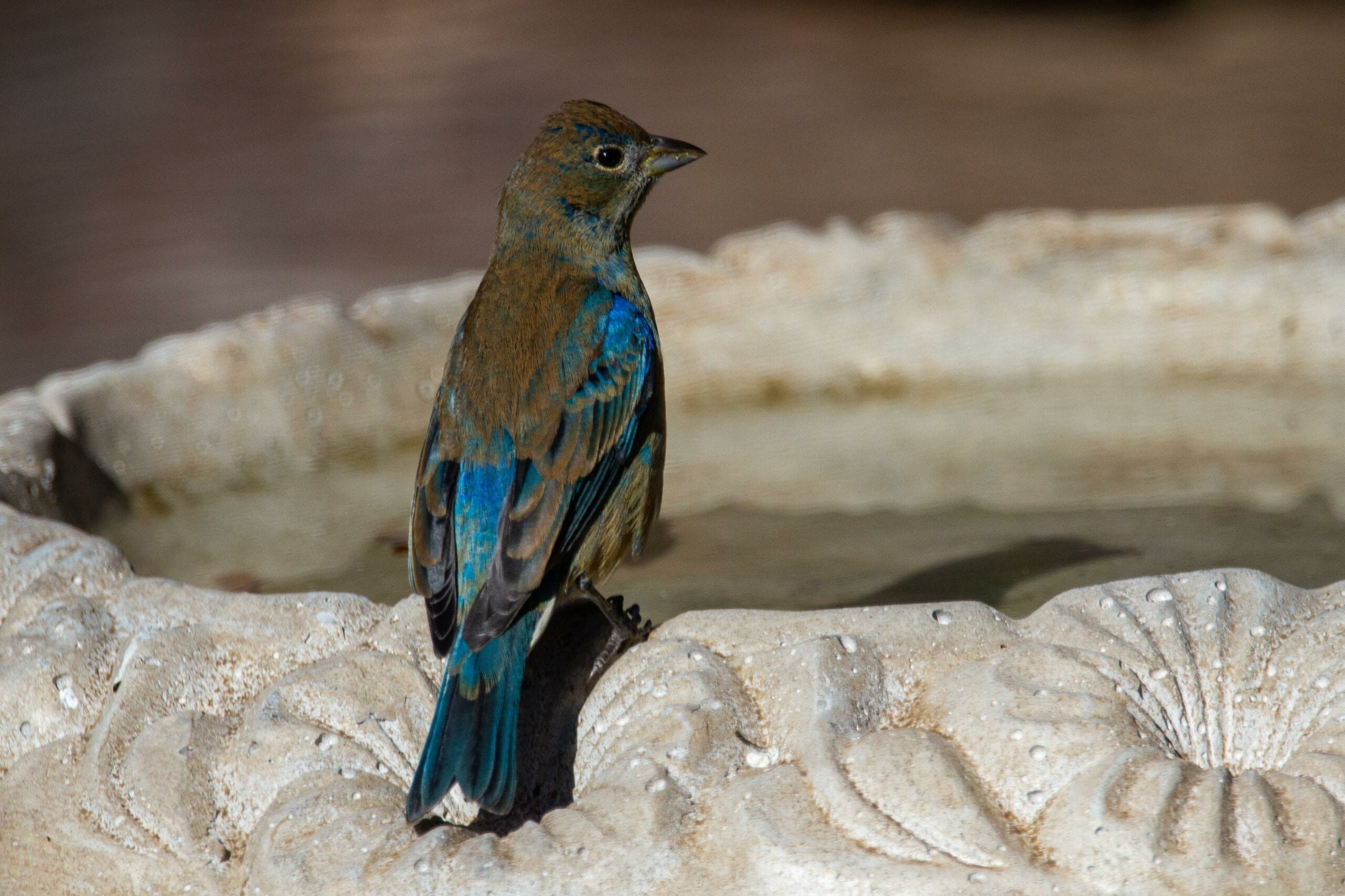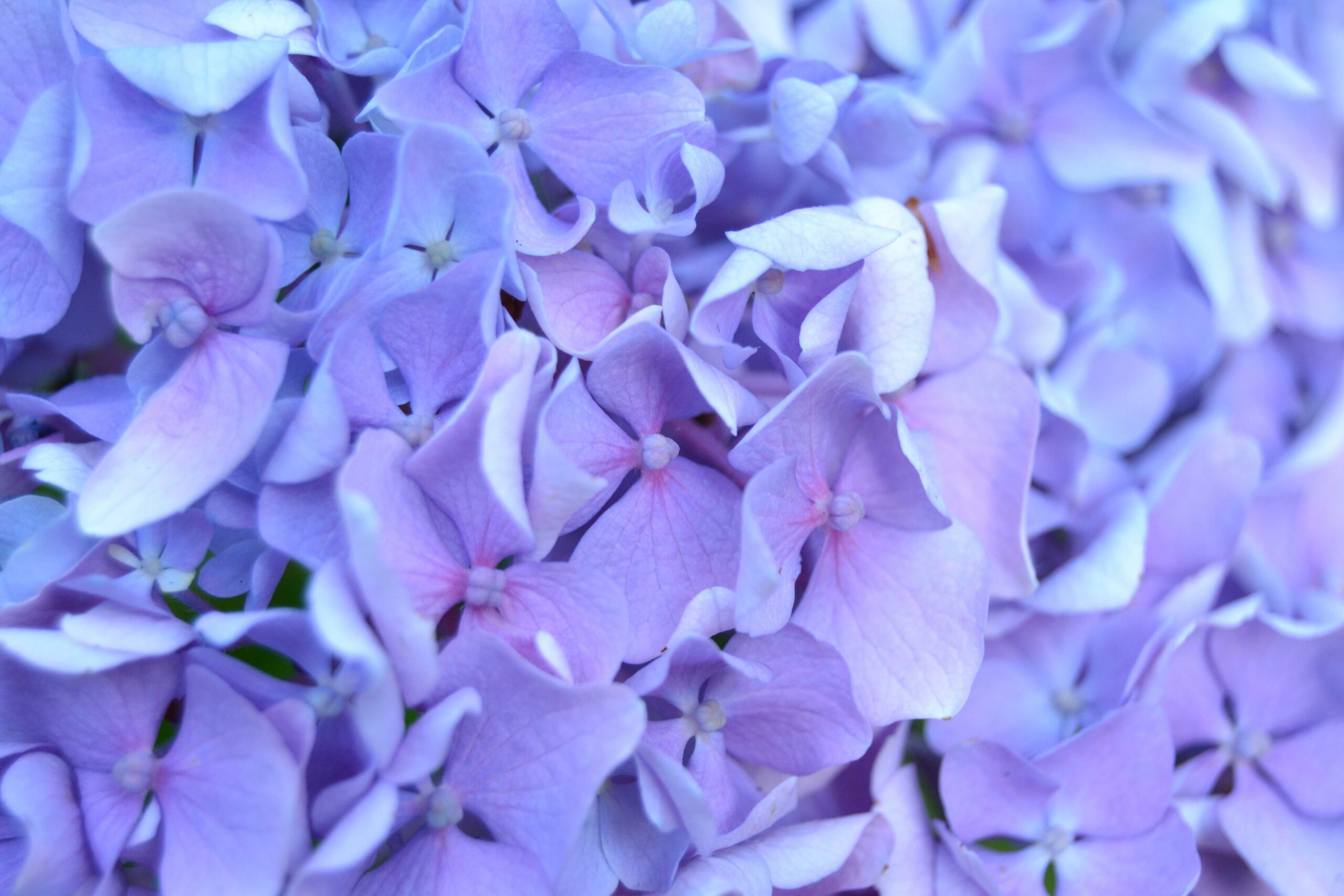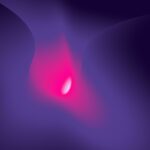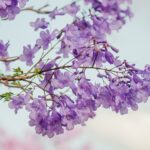Are you ready to dive into the captivating world of the indigo plant? Get ready to be amazed as we uncover the incredible versatility and myriad of applications that this humble plant possesses. From its enchanting ability to create vibrant natural dyes, to its potential in the field of medicine and even ecological restoration, the indigo plant holds limitless possibilities. As an experienced horticulturist and advocate for sustainable practices, I am thrilled to guide you on this journey of exploration and discovery, as we delve deep into the wondrous world of indigo plant uses. Get ready to be inspired and fascinated by the extraordinary potential of this remarkable plant!

Indigo Plant Uses
As an experienced horticulturist and advocate for sustainable practices, I have delved deep into the world of indigo plants and their versatile applications. Join me on this journey as we explore the many uses of the indigo plant, from natural dyes to medicine and ecological restoration.
Textile Dyeing: Unleashing the Beauty of Indigo
One of the most well-known applications of the indigo plant is its use as a natural dye for textiles. With its rich and captivating blue hue, indigo has been used for centuries to add vibrancy to fabrics. The process of dyeing with indigo involves extracting the pigment from the leaves of specific indigo plant species, such as Indigofera tinctoria and Indigofera suffruticosa. The extracted indigo dye is then used to color fibers, giving them a unique and timeless appeal.
“Indigo plant uses in textile dyeing go beyond simple color enhancement. It is a true embodiment of nature’s beauty, transforming ordinary fabrics into works of art.”
Medicinal Power: Unveiling the Healing Potential
Beyond its decorative qualities in the textile world, indigo possesses medicinal properties that have been recognized for centuries. Traditional medicine practitioners have harnessed the healing potential of various indigo plant species to treat an array of ailments. Indigofera tinctoria, for example, has been used in Ayurvedic medicine to soothe skin conditions, promote wound healing, and alleviate inflammation. The indigo plant’s medicinal applications hold great promise for natural and holistic approaches to healthcare.
“Discover the hidden powers of the indigo plant, transforming it from a humble dye ingredient to a potent healer, supporting our well-being in both ancient traditions and modern practices.”
Ecological Restoration: Nurturing Nature’s Balance
The indigo plant can also play a crucial role in ecological restoration. Its ability to fix nitrogen into the soil makes it a valuable component of sustainable agriculture and reforestation efforts. By cultivating indigo plants in areas facing soil degradation or deforestation, we can help restore balance to ecosystems and support the growth of other plant species. The indigo plant’s unique characteristics make it an attractive candidate for promoting biodiversity and environmental resilience.
“Harness the power of the indigo plant to restore ecosystems, creating a harmonious coexistence between humans and nature, for generations to come.”
In Summary: Embracing the Indigo Plant’s Versatility
As we’ve explored the many uses of the indigo plant, we’ve witnessed its remarkable versatility in the realms of textile dyeing, medicine, and ecological restoration. From dyeing fabrics with its captivating blue hues to nurturing our well-being with its healing properties, the indigo plant offers a journey of discovery and appreciation for nature’s wonders. Let us not forget its potential as a catalyst for ecological restoration, breathing life back into degraded landscapes.
“Unlock the potential of the indigo plant, connecting with its rich history and embracing its applications in natural dyes, medicine, and ecological rejuvenation. Together, let’s foster a sustainable future grounded in the wisdom of nature.”
Indigo is a fascinating and versatile dye that has been used for centuries. But have you ever wondered what indigo is used for? If you’re curious about the various applications of indigo, click here to explore more about its uses. From textiles and fashion to cosmetics and even medicinal purposes, indigo has a wide range of uses that will leave you amazed. Discover the secrets of indigo and uncover its hidden potential by clicking this link: What Is Indigo Used For.
FAQ
Question 1: What are the different species of the indigo plant used for producing dye?
Answer 1: The indigo plant belongs to the genus Indigofera, which includes various species such as Indigofera tinctoria and Indigofera suffruticosa that are commonly used to produce the natural dye indigo.
Question 2: Can you provide some historical information about indigo-dyed fabrics?
Answer 2: Indigo-dyed fabrics from plants of the Indigofera genus have a rich history. Scraps of indigo-dyed fabric dating back more than 1,500 years have been discovered at Huaca Prieta, pre-dating Egyptian indigo-dyed fabrics.
Question 3: Where are indigo plants found geographically?
Answer 3: Indigofera species are widely distributed throughout tropical and subtropical regions of the world. They can be found in various countries and continents, including Asia, Africa, and the Americas.
Question 4: What are some potential applications of the indigo plant?
Answer 4: The indigo plant has versatile applications. It is primarily known for its use as a natural dye in textile industries. However, it also has medicinal uses and can be utilized for ecological restoration purposes.
Question 5: Are there any interesting characteristics or variations among different species of indigo plants?
Answer 5: Yes, the Indigofera genus exhibits diverse characteristics. The fruit of Indigofera species is a long, cylindrical legume pod of varying shape and size. Different species display variations in fruit types and pericarp thickness, making them adaptable to different environmental conditions and plant populations.
“`json
“`
- SYBAU See You Baby Meaning: Gen Z Slang Evolves - July 1, 2025
- Unlock Your Inner Youth: Lifestyle Secrets for a Vibrant Life - July 1, 2025
- Decode SYBAU Meaning: Gen Z Slang Explained - July 1, 2025






